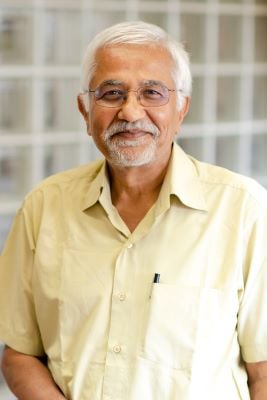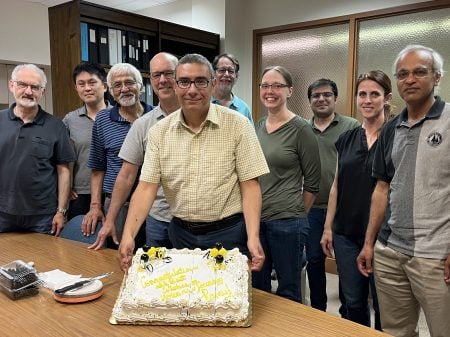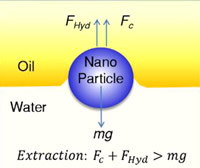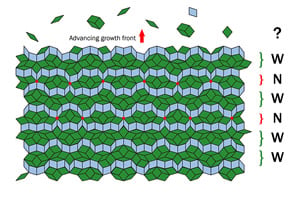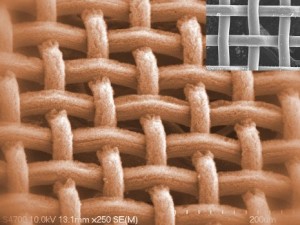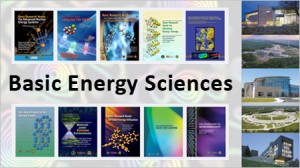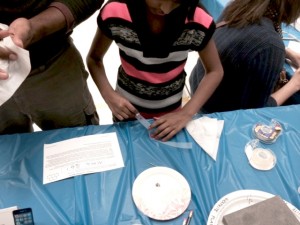A team including Michigan Tech research groups led by Ravi Pandey and Greg Odegard (MAE) has published a research article in Nature Communications. The title is “Implementing reactivity in molecular dynamics simulations with harmonic force fields.”
The research highlights the development of the Reactive INTERFACE Force Field (IFF-R) for molecular dynamics simulations for various material systems, including molecules, nanotubes, metals and polymer composites. The newly developed IFF-R, which incorporates specific chemical environments and electronic structure effects as needed, is both accurate and efficient. IFF-R calculations use significantly fewer computational resources compared to current reactive force fields to predict the structural and mechanical properties of complex biological and material structures, from atomic to micrometer scales.
Recent physics alum Geeta Sachdeva (PhD ’22) was a key contributor to this project. The research groups of Hendrik Heinz of the University of Colorado Boulder, Adri van Duin of Penn State, and Pieter J. in ‘t Veld of BASF, Germany also collaborated on the study.
The work was partially supported by grant NNX17AJ32G from the NASA Space Technology Research Institute for Ultra-Strong Composites by Computational Design to Michigan Tech.
About the Physics Department
Physicists at Michigan Technological University help students apply academic concepts to real-world issues. Our physicists take on the big questions to discover how the universe works—from the smallest particles to the largest galaxies. The Physics Department offers three undergraduate degrees and three graduate degrees. Supercharge your physics skills to meet the demands of a technology-driven society at a flagship public research university powered by science, technology, engineering, and math. Graduate with the theoretical knowledge and practical experience needed to solve real-world problems and succeed in academia, research, and tomorrow’s high-tech business landscape.
Questions? Contact us at physics@mtu.edu. Follow us on Facebook, Twitter, and YouTube for the latest happenings. Or read more at the Physics Newsblog.
